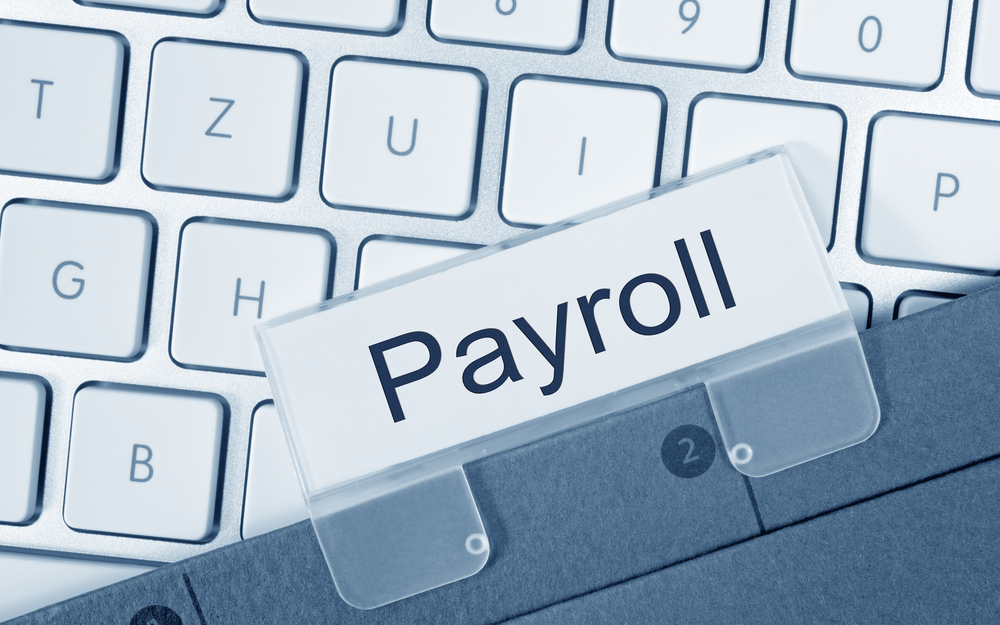We were reminded recently of the importance of keeping valid and up-to-date payroll records and thought it was timely to remind our clients of this. All clients employing staff must file monthly payroll returns with PAYE information to the IRD and nearly everyone complies. However, some companies don’t have thorough payroll records which can be problematic.
The Employment Relations Authority (ERA) has been quite proactive on the matter of late with some stiff penalties for employers who cannot provide this information. In the absence of these records, the ERA may accept as proved any assertion made by the employee. For instance, an employee could deny ever having taken annual leave at all. In the absence of wage and time records, the employer would have no way to disprove it. Penalties for failing to keep proper records are capped at $20,000 for companies and recent penalties have been severe. Payroll records are critically important.
So just what information are you required to keep? The following are prescribed in law:
- The name of the employee
- Their age (if under the age of 20)
- The employee’s postal address
- The kind of work on which the employee is actually employed
- Whether the employee is employed under an individual employment contract or a collective agreement
- The hours the employee is required to work, days and times
- The wages or salary paid and the method of calculation
Of course, records must be in a written format and easily accessible. Employee records must be kept for no less that 6 years from the date the record is entered.
Holiday and leave records need the following information:
- The name of the employee
- The date on which the employee’s employment began
- The days on which the employee actually works. If the information is relevant to the calculation of entitlements or payment for entitlements under the Holidays Act 2003.
- The date on which the employee last became eligible for annual holidays
- The employee’s current entitlement to annual holidays
- The dates on which any annual leave, sick leave or bereavement leave was taken
- The amount of payment for annual leave, sick leave or bereavement leave
- The date an employee’s employment was terminated (if applicable)
- The amount paid in holiday pay on termination
As you can see, keeping track of all of this manually is a nightmare. Most modern payroll systems provide for all of these legislative requirements. It is our very firm advice that if you are employing staff, you should use a payroll software system. A small outlay on a monthly basis could save you a very substantial amount down the track if something goes wrong.
We are very happy to advise you on payroll software so as always, if you have any questions, please pick up the phone and ask.



